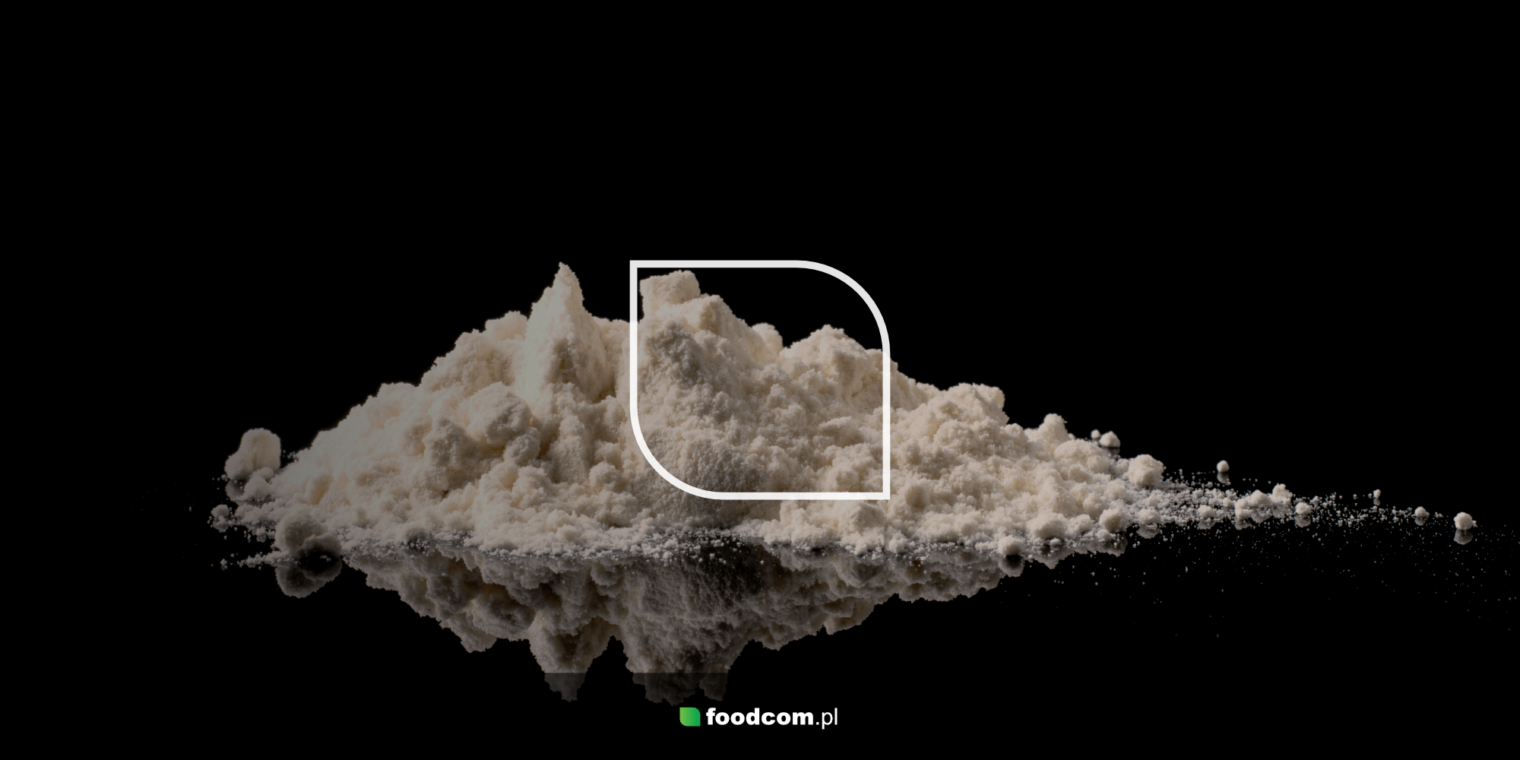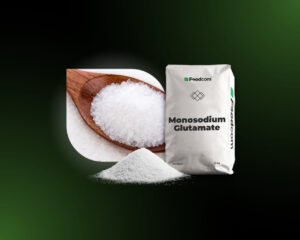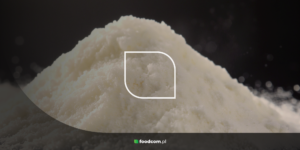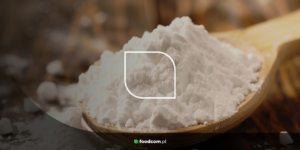- Monosodium Glutamate is the sodium salt of glutamic acid, used as an ingredient to enhance the taste and aroma of food products.
- Glutamic Acid plays an important role in the normal functioning of the human body.
- MSG (Monosodium Glutamate) is often labeled on products as E621.
Adding preservatives, colorings or taste enhancers to foods is a very common practice. Increasing demand for these, growing popularity of fast food chains in developing countries, rising standard of living, changing customer preferences, and the need for convenience foods are the factors that will drive the growth of the global market. One of the more commonly used enhancers from the long list of ‘E’s’ is monosodium glutamate. What is this compound, and where can we find it? Is MSG considered harmful?
What is MSG and where does it come from?
Monosodium glutamate (E621) is an organic chemical compound, the sodium salt of glutamic acid.
Monosodium glutamate has a characteristic taste that cannot be classified as any of the main four flavors we can identify. That is why it is referred to as the so-called fifth taste – umami, which when translated from Japanese means ‘tasty,’ or ‘full’. MSG comes in the form of white crystals or powder and is nearly odorless.
Glutamic acid was discovered by a German chemist Karl Heinrich Ritthausen in 1866, who mixed sulfuric acid with wheat gluten, but the discovery of monosodium glutamate is attributed to a Japanese scientist Prof. Kikunae Ikeda. In 1908, he spotted that seaweed broth has a characteristic taste. He was astonished to find that this taste was not described anywhere. Wanting to isolate it, he extracted the responsible substance, L-glutamic acid, from Japanese kelp (a seaweed called kombu).
After his discovery, the professor began the manufacture a condiment which he called Aji-no-moto, meaning ‘essence of flavor’ – the pure form of monosodium glutamate. In the form of a spice it was brought to the market by the Japanese company S. Suzuki. After the remarkable success of the commodity, the company was rebranded and to the present day remains named exactly the same as the brand under which MSG appeared – Ajinomoto.
Glutamic acid in human body
Glutamate is used by the human body as a component in many of the metabolic processes. As an amino acid, it is the substrate for protein synthesis and is one of the main neurotransmitters in the central nervous system, therefore it is essential for proper brain functioning. It also acts as a precursor to glutamine, a substance involved in nitrogen metabolism. Glutamic acid is also a constituent of glutathione – a substance used in scavenging free radicals. Through food, glutamic acid is the main source of energy for intestinal cells, which are constantly under intense renewal – this function of glutamic acid has only recently been discovered through scientific research.
The umami taste is first experienced in infancy: surprisingly, human milk is extremely rich in glutamate, containing 10 times more of it than cow’s milk. Glutamic acid is also responsible for providing immunity to the baby’s mucous membranes. They act as neurotransmitters and are also a source of nitrogen.
Where can we find MSG?
By nature MSG is found in high-protein foods like meat, fish, some types of cheese, vegetables (tomatoes, mushrooms, and broccoli). Industrially produced MSG is added to meats, canned vegetables, instant soups, powdered sauces, stock cubes and very commonly in salty snacks. Interestingly, monosodium glutamate can also be produced from natural raw materials, but it is quite costly and therefore difficult to manufacture it on a mass scale. It is estimated that around 400 000 tons of glutamate are produced annually. MSG is most usually found on product labels as the symbol E621, but manufacturers often use different terms such as protein hydrolysis product, fish meat extract, yeast extract. Apart from MSG, other flavor boosters that are derived from glutamic acid that are applied in food processing include potassium glutamate, calcium diglutamate, monoammonium glutamate, and magnesium diglutamate.
Is MSG safe for health?
Monosodium glutamate has been approved by the Food and Drug Administration (FDA) along with the European Union as a non-risk substance for consumption. Still, it is important to remember not to base your diet solely on MSG containing products. As in any healthy diet, it would be wise to stay balanced, since even the healthiest food can have negative outcomes if taken in excessive quantities. Monosodium glutamate was once alleged to be responsible for a condition known as Chinese Restaurant Syndrome. The “ailment” was characterized by symptoms such as severe headaches, neck and shoulder numbness, fatigue, and heart palpitations. Yet, Ajinomoto representatives themselves stated that the report is “racist and unscientific.”But the interesting thing about MSG is that it could be found as the key to reducing sodium in our diet without sacrificing the flavor of the food.The commonly known that sodium chloride (table salt) is one of the biggest contributors to cardiovascular disease.
Market overview
Geographically, Asia Pacific held the highest market share of 35.34% in 2020, owing to the growing popularity of fast food chains. Factors such as increasing consumer awareness regarding the use of monosodium glutamate in various end-use industries, coupled with rising demand for processed foods across the globe are among the major factors expected to drive the growth of the monosodium glutamate market. In addition, companies investing in product innovation to include monosodium glutamate in their product portfolio through technological advancements, thereby are creating opportunities that pave the way for the growth of the industry during the forecast period 2021-2026. The monosodium glutamate market was valued at $5,638 million in 2020 and is expected to grow at a CAGR of 5.81% during the said forecast period.
Why choose Foodcom as a European Additive Provider?
The quality of the services provided by Foodcom is confirmed by the BRC Agents & Brokers certificate. Our great sales support team will help our traders to complete contracts and business transactions in a smooth and efficient manner to ensure the best quality of service to all our business partners. The logistics team will take care of the transport, and the finance department will take care of all matters related to the financial part of the transaction.
The shelf life of MSG is three years, and it should be stored in a cool, dry place. Foodcom supplies its Business Partners with monosodium glutamate in 25 kg bags.








